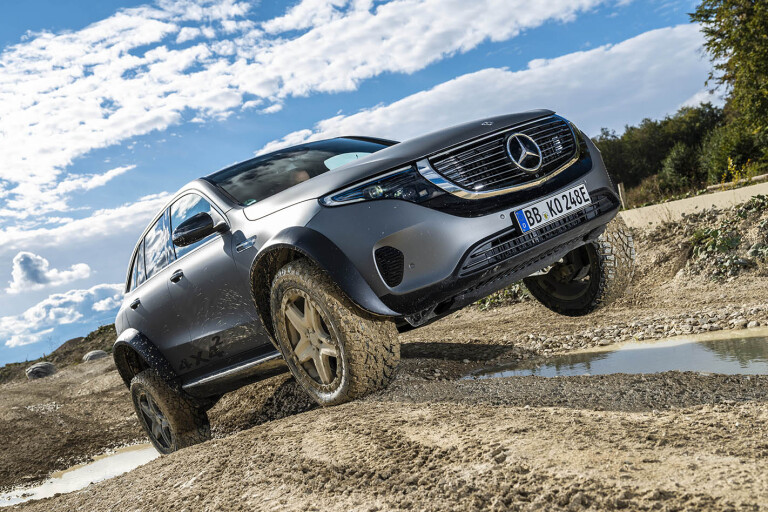
Snapshot
- EV version of G-Wagen set to be previewed at Munich motor show next month
- Production versions expected in 2024
- Drivetrain likely to be similar to twin-motor set-ups already used in EQS Mercedes SUV
The electric version of Mercedes's premier 4x4 is finally ready for public eyes, with reports suggesting the German marque will preview its future G-Wagen at the upcoming Munich motor show
According to Autocar, Mercedes-Benz is expected to make the reveal at the event which gets underway on September 7.
The news comes nearly two years after Mercedes-Benz CEO Ola Källenius stated there would be an all-electric version of the brand's luxury 4x4, as the company moves towards offering EV versions of all of its vehicles.
.jpg )
While the concept unveil at Munich is less than a month away, Autocar says that we’ll have to wait until 2024 to see production models become available to the public.
There’s no official word on what electric powertrains will be used, but we do know Mercedes-Benz has already trademarked the EQG 560 and EQG 580 names.

That strongly points to the possibility of the EV G-Wagen making use of the 384kW, 855Nm electric twin-motor driveline currently used in the EQS SUV.
Given the G-Class styling has scarcely changed since it first debuted 42 years ago, we expect the new EV version – widely dubbed the EQG – will keep loosely the same styling as the current G-Class range, but more than likely with a solid-piece front grille, different wheels and other subtle touches to stand out from the rest of the range.

The unveil of the electric G-Wagen won’t be the first electric 4x4 concept from Mercedes-Benz, which first experimented with all-electric off-road capable drivetrains with the high riding EQC 4x4² prototype – first seen by the in October last year.
That concept was based on the EQC 400 4Matic, which used a twin-motor EV driveline developing 304kW and 761Nm of torque.

If the off-road capability of that concept is anything to go by, we expect the electric version of the G-Wagen to be just as capable as its internal combustion engined counterpart.

COMMENTS